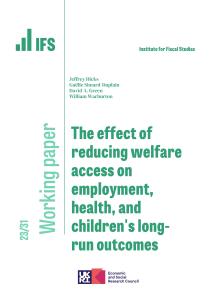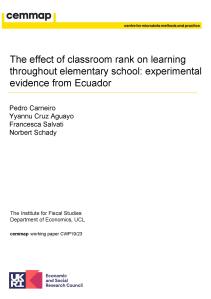Placement in out-of-home care (OHC) indicates serious childhood adversity and is associated with multiple adverse outcomes. Each year 0.5% of children in England live in OHC but evidence is lacking on the cumulative proportion who enter during childhood and how this varies over time. We measured the proportion of children born between 1992 and 2011 who entered OHC, including variation in rates of entry over time, and explored the determinants of these changes using decomposition methods. We also described changes in placement type, duration and stability. By age 18, 3.3% of children born 1992–94 entered OHC. This proportion varied by ethnicity (1.6% of White vs. 4.5% of Black children born 2001–03 entered OHC by age 9, 95% CI [1.5–1.7] and [4.4–4.6], p < 0.001) and increased over time (0.8% of children born 2009–11 entered OHC by age 1 vs. 0.5% born 1992–94, 95% CI [0.7–0.9] and [0.4–0.6], p < 0.001). This overall increase was driven primarily by the increased rate of entry among White children and not by concurrent changes in the population's ethnic composition. The proportion of children entering OHC in England is increasing and characteristics of the care they receive are changing with earlier intervention and longer, more stable placements. Further research is required to understand the reasons for these changes in practice and whether they are cost-effective, sustainable, and improve outcomes for children and society.








